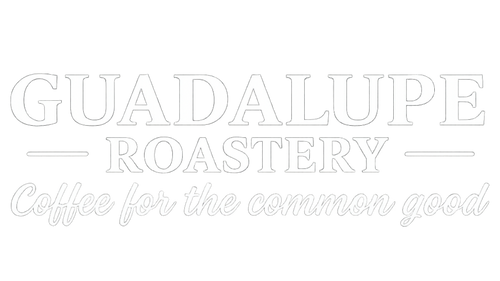Good news my friends! If you’d like to become an avid coffee taster you neither need extensive academic education nor complicated equipment, all you need is practice. By taking your time to consciously pay attention to the different aromas and taste of coffee you will start to notice the sometimes subtle and sometimes not so subtle tones and flavors of coffee. It is a physical and mental exercise (some would add emotional to that list), and just like all exercises, you need as much practice and exposure as possible in order to get better and better at it.
People become coffee tasters for many reasons. The main reason is that people enjoy the cultural aspects of tasting coffee and learning about its composition, but a recent and quite interesting one is the benefits tasting coffee can have for your mental health. Coffee may be associated with caffeine and the consequential shot of adrenaline it sends up in our body, but when you are consciously learning and seeking to understand the taste of coffee you are engaging in a mindfulness practice.
If the coffee label says “chocolate tones”, take your time to look for those tones as you drink. In America we are used to strong flavors so we expect to sense it quickly, strongly, and clearly; but with coffee it does not work that way. You must start by smelling the coffee, taking small sips, and remain attentive to the undertones you pick up on.
Tasting is teamwork between the smelling and the drinking. Just one won’t suffice.
The first step on your tasting journey is to buy two different types of coffees so you may compare. Brew them simultaneously and with the same method. You may need two French presses, drips, espressos, or whichever method you are trying. Let it cool until it is warm, if it is too hot your tasting buds may get too busy dealing with the heat and may lose sight of flavors.
Put the labels to the side and start tasting your two cups of coffee. Here is where mindfulness comes in. You must put aside whatever may be going on in your head and focus on what you are experiencing. Can you pick up on the acidity of your coffee? Can you identify the tones? Is one more bitter than the other? Take your time and try your best at describing your experience.
Once you are done tasting and jotting down your notes, compare your experience with whatever the coffee label says. If you are way off, then just have a good chuckle and try again. Comparing the label to your experience will help you understand how coffee is labeled and the importance of certain terminology. For example, what you recognized as “sweet and smoky” could be identified in the label as “caramel and roasted nuts.” With practice, this is just going to become more and more simple, and while it may be frustrating at times it is still a fun and relaxing activity.

I would also encourage you to do it with friends! Have a small party and buy various coffees to taste. Have everyone jot down in secret how they identify this coffee and compare your answers afterwards. Comparing noted with friends and later labels can be an eye opening experience as to how people sense coffee and it would open your mind, eyes, and taste buds to a whole new understanding of coffee.

